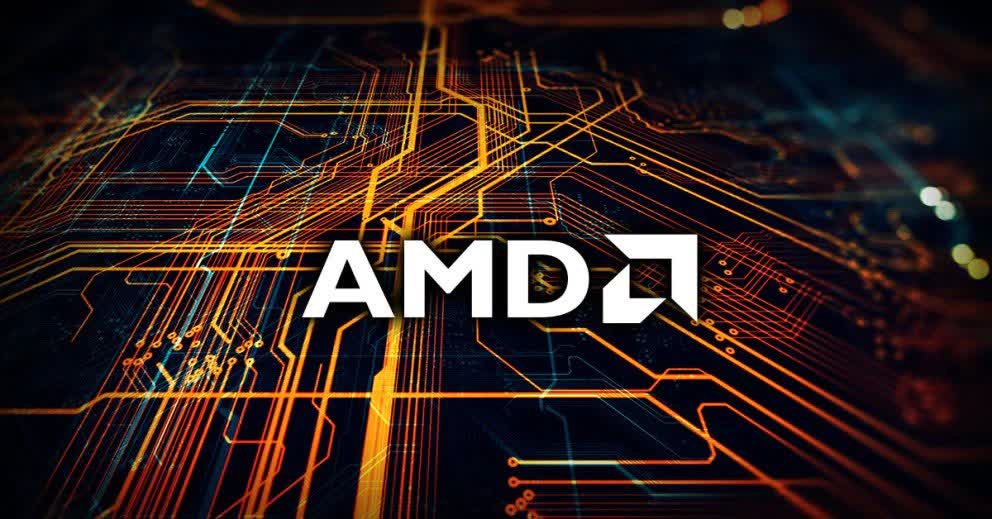OpenAI Signs Multi-Billion-Dollar Chip Deal with AMD

OpenAI has announced a **multi-year partnership with AMD** to deploy **six gigawatts** of AMD AI chips over time — a strategic move to scale computing infrastructure and diversify hardware suppliers.
Quick Insight: As part of the deal, OpenAI gets a warrant to acquire up to **160 million AMD shares** (≈ 10 %) under performance and stock-price vesting conditions.
1. Key Terms & What’s Being Built
• Deployment of **six gigawatts** of AMD GPUs over multiple years, starting with **1 GW in H2 2026**.
• OpenAI will build a **1-gigawatt facility** using AMD’s upcoming MI450 chips.
• Warrant issued: OpenAI may buy **160 million AMD shares** at $0.01 each, contingent on milestones (stock price, deployment) — possibly granting ~10% equity.
• The agreement supports AMD’s ambitions in the AI chip market, elevating its competitive position against Nvidia.
2. Strategic Motives & Competitive Dynamics
• **Diversification for OpenAI**: Reducing reliance on Nvidia by adding AMD as a key hardware partner.
• **AMD’s elevation**: The deal is a vote of confidence in AMD’s AI chip roadmap; its stock surged on the announcement.
• **Ecosystem play**: In the race for AI dominance, control over chip supply and integration is a powerful lever.
• **Circular finance risks**: The warrant structure ties OpenAI’s upside to AMD’s performance, raising interdependence.
3. Risks & Long-Term Concerns
• **Funding challenge**: Deploying 6 GW of AI compute is extremely capital intensive; how OpenAI finances it is critical.
• **Milestone risk**: The warrant’s vesting depends on AMD’s stock performance and execution.
• **Drop in flexibility**: Binding too much to one chip supplier could limit future tech choices.
• **Valuation pressure**: Investors will watch closely whether this deal accelerates profits or magnifies losses.
Global & African Lens: What This Means for Tech Strategy
• This underscores how **computational infrastructure** is becoming as critical as algorithmic innovation for AI leaders.
• For Africa, the lesson is clear: access to reliable, scalable compute and competitive hardware supply will determine who leads or lags in AI adoption.
• Partnerships and technology transfers are vital — local firms or governments may need to negotiate directly with global semiconductor players.
• The future is not just about “having AI models,” but being part of the supply chain that powers them.
